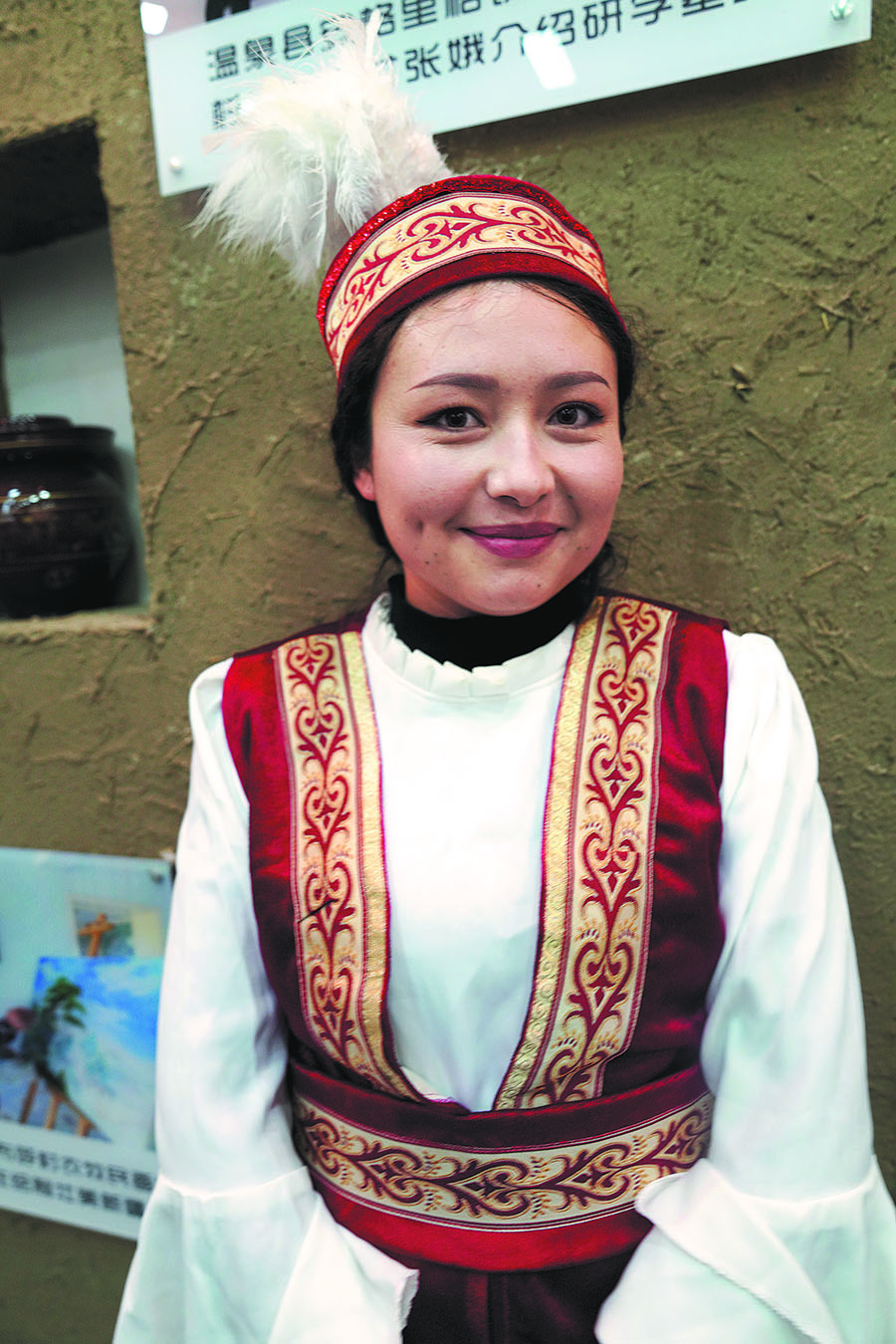

In peak summer season, the village welcomes about 2,500 to 3,000 tourists per day on average. Visitors have to book restaurants and lodgings in advance, and Zhu employs several local residents to help out.
The village's homestay and restaurant owners are working with travel agencies to attract more tourists during autumn and winter as well, in the hopes that their reputation will bring in more visitors.
"The happiness index of villagers is increasing. Also, more talented people are returning to start businesses in their hometowns," says Aygul Jumata, Party secretary of the village.
"Through the development of tourism, people of all ethnic groups have been able to enjoy the dividends of rural vitalization," she adds.
According to Wu Liyun, a professor at the Beijing International Studies University's China Academy of Culture and Tourism, developing culture and tourism is an effective way of boosting rural vitalization and it is crucial to integrate multiple industries based on local cultural resources to create competitive tourism offerings.
She attributes Bogdal village's success to the combination of its historical frontier legacy with rural tourism.
She believes that the key to rural tourism development is a variety of offerings based on the thorough research of local culture and history, which makes a destination stand out. Infrastructure, public services and accessibility are also important, including accommodation and catering.
"Promotion through new media also counts, and has become a norm for the tourism industry, even for destinations with high-quality offerings. Over the past year, destinations that gained sudden popularity online have largely been propelled by new media," she says.